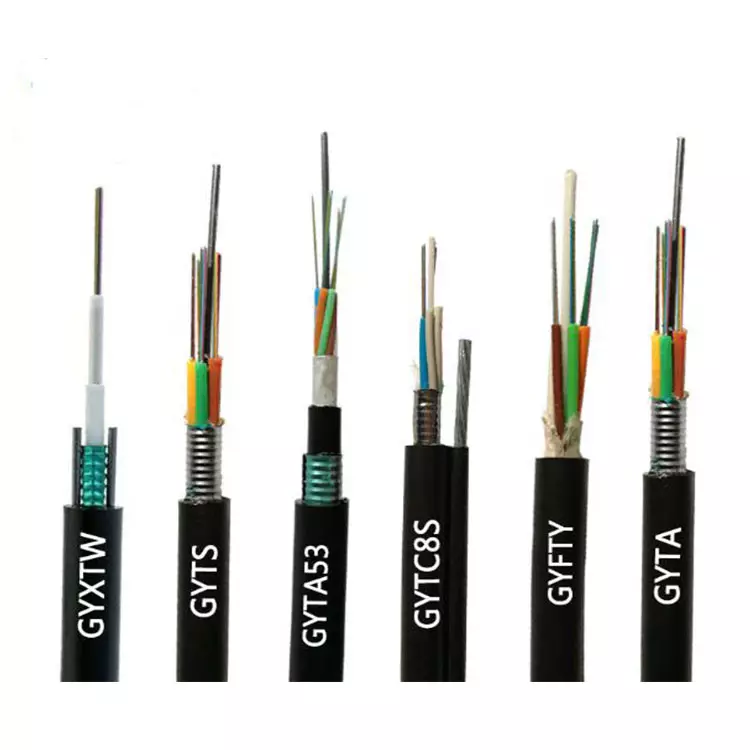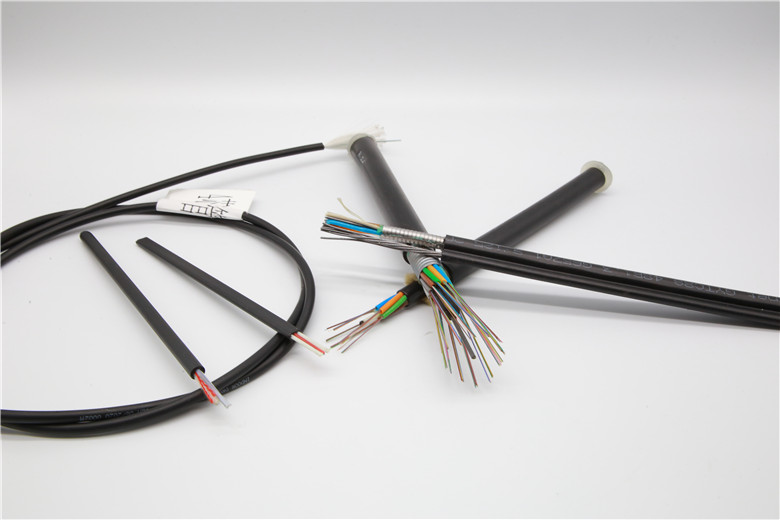

1. The laying methods of Aerial optical cables and buried optical cables are different
Aerial optical cables refer to the optical cables that are fixed on cable towers or electric poles, and are kept relatively stable by accessories such as tension wire poles and deflection saddles. The laying of Aerial optical cables is simple and does not take up ground space, but there are also certain risks. In contrast, buried optical cables require trench digging or drilling for laying, and the laying work volume is large, but the laying will not affect the normal activities on the ground.2. Different installation environments
Aerial optical cables are laid in the air and are affected by environmental factors such as air, oxidation corrosion, ice and snow, and wind and sand, which will cause the optical cables to age and become brittle, thereby affecting the transmission performance of the optical cables. Buried optical cables are affected by factors such as ground moisture, extrusion, and ground subsidence, and better insulation materials and sealing measures are required.
3. Different laying costs
The laying cost of overhead optical cables is relatively low. They only need to be fixed on cable towers or electric poles, and can be laid directly without the need for additional road infrastructure construction. Buried optical cables require excavation or drilling for laying, and the cost is relatively high. In terms of laying costs, overhead optical cables have more advantages.
4. Differences in scope of application
Aerial optical cables are suitable for places with complex terrain and difficult construction, such as crossing, crossing, and mountainous areas, and are also suitable for emergency laying. Buried optical cables are suitable for cities, roadsides, rivers, railways, squares and other places. Their laying methods are more in line with people's aesthetic requirements and will not affect urban construction.
In summary, there are differences between overhead optical cables and buried optical cables in terms of laying methods, installation environments, laying costs and scope of application. Choosing according to actual conditions is an important way to ensure the normal operation of optical cables and save costs.
